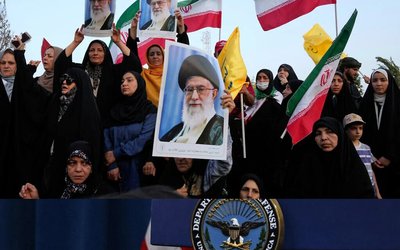
The launch window to put a North Korean satellite into orbit closed at midnight on Sunday.
The country had informed the International Maritime Organization, the IMO, and the Japanese government that it would carry out the launch.
Japan, the US, and South Korea are still on high alert to respond to any contingencies.
On May 31, the day the window opened, North Korea launched its first military reconnaissance satellite, Malligyong-1, aboard a Chollima-1 rocket from the northwest Sohae Satellite Launching Ground in Tongchang-ri.
But the North later announced that the rocket had lost thrust caused by a problem with the newly-introduced second-stage engine, and crashed into the Yellow Sea west of the Korean Peninsula.
The North Korean government still has not told its people about the failed satellite launch.
The North's National Aerospace Development Administration had said that it will conduct a second launch after examining the cause of the failure, and conducting a series of tests.
Kim Yo Jong, the sister of North Korean leader Kim Jong Un, also issued a statement vowing that her country will soon complete the mission of putting the military reconnaissance satellite into earth's orbit.
The UN Security Council has banned North Korea from conducting launches using ballistic missile technology.
- Trump urges Israel, Hamas to reach ceasefire deal
- Jun 30, 2025
- Japan's final H2A rocket puts satellite into orbit
- Jun 29, 2025
- Rally in Israel calls for Gaza ceasefire
- Jun 29, 2025
- US could bomb Iran again if it continues high-level uranium enrichment: Trump
- Jun 28, 2025
- US, China reportedly sign deal aimed at easing trade tensions
- Jun 28, 2025














